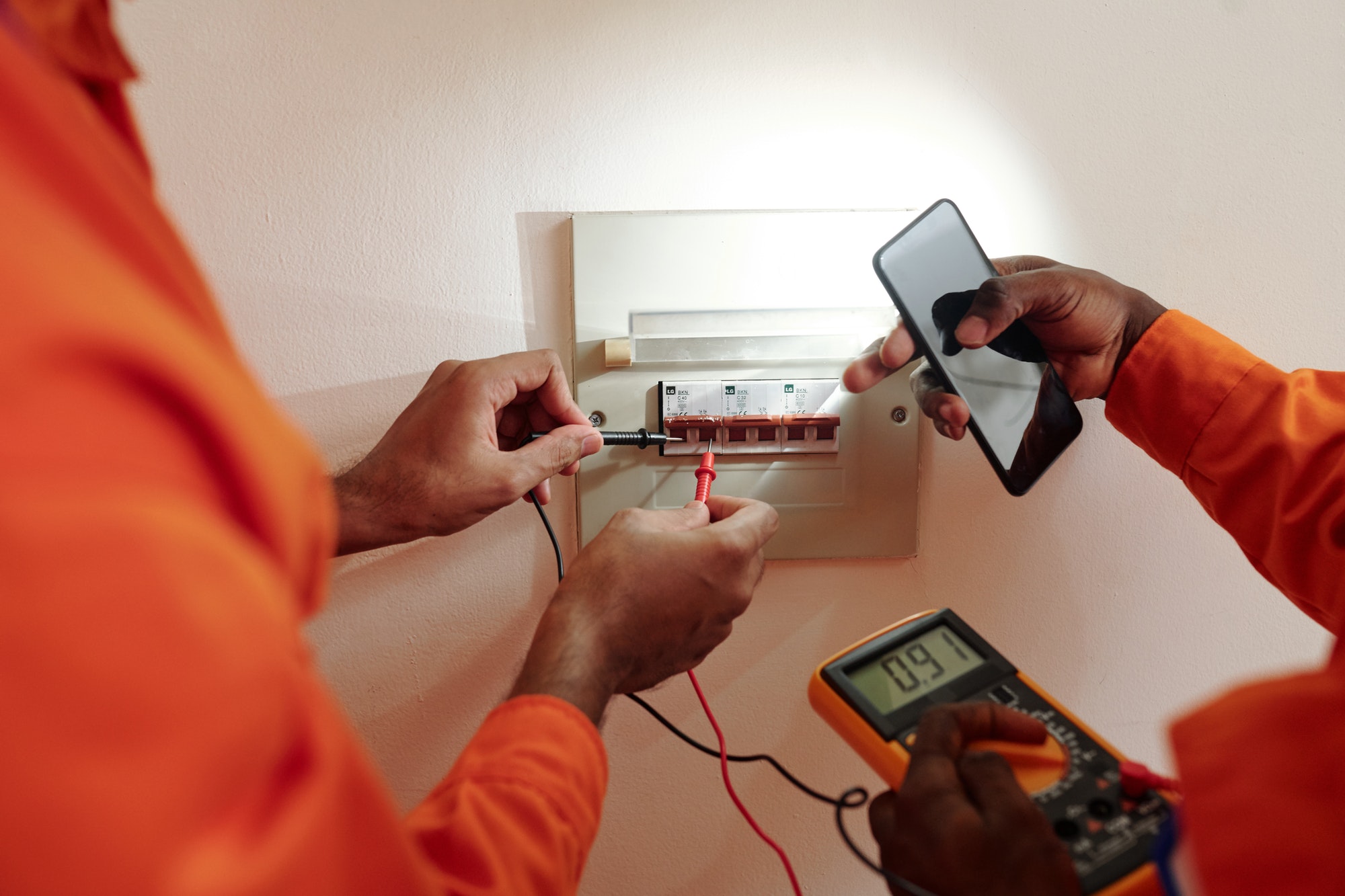Electrical emergencies can be dangerous and life-threatening if not handled correctly. Knowing the right precautionary measures can help mitigate risks and ensure the safety of you and your loved ones. Here are some crucial steps to take during various types of electrical emergencies.
1. Turn Off the Power
- At the Circuit Breaker: Immediately turn off the power to the affected area by flipping the appropriate circuit breaker switch. If you are unsure which breaker controls the area, shut off the main breaker to cut power to the entire house.
- Unplug Devices: If it’s safe to do so, unplug any devices connected to the affected circuit to prevent further damage and potential electrical fires.
2. Do Not Touch Electrical Appliances or Outlets
- Stay Away from Water: Avoid touching electrical appliances, outlets, or switches with wet hands or if standing in water, as water is a conductor of electricity and increases the risk of shock.
- Use Insulated Tools: If you need to handle any electrical components, use tools with insulated handles to reduce the risk of shock.
3. Use Appropriate Fire Extinguishers
- Class C Fire Extinguishers: For electrical fires, use a Class C fire extinguisher, which is designed for electrical fires and does not conduct electricity. Do not use water to extinguish electrical fires as it can conduct electricity and exacerbate the situation.
- Evacuate and Call 911: If you cannot control the fire, evacuate immediately and call emergency services. Do not put yourself at risk by trying to extinguish a large or uncontrollable fire.
4. Handle Electrical Shocks with Care
- Do Not Touch the Victim Directly: If someone is receiving an electric shock, do not touch them directly. Use a non-conductive object, such as a wooden broom handle, to separate them from the electrical source.
- Turn Off Power Source: If possible, turn off the power source before attempting to assist the victim.
- Seek Medical Help: Call emergency services immediately and provide first aid as needed. If the victim is not breathing or has no pulse, perform CPR until medical professionals arrive.
5. Avoid Overloading Circuits
- Limit Plugged-In Devices: Avoid plugging too many devices into a single outlet or power strip, as this can overload the circuit and cause overheating or fire.
- Use Surge Protectors: Use surge protectors to safeguard your appliances against voltage spikes and prevent potential damage.
6. Be Cautious with Damaged Wiring
- Inspect Regularly: Regularly inspect your home for signs of damaged wiring, such as frayed cords, discolored outlets, or unusual smells.
- Do Not Attempt DIY Repairs: If you suspect wiring issues, do not attempt to fix them yourself. Contact a licensed electrician to handle the repairs safely.
7. Keep a Safe Distance from Downed Power Lines
- Stay Away: If you encounter a downed power line, stay at least 30 feet away and avoid touching anything in contact with the wire, including vehicles or puddles.
- Call for Help: Contact emergency services or the local utility company to report the downed line and stay away until professionals handle the situation.
8. Educate Family Members
- Emergency Plan: Create an emergency plan and ensure all family members are aware of what to do during an electrical emergency. Conduct regular drills to reinforce the plan.
- Teach Children: Educate children about the dangers of electricity and the importance of staying away from electrical outlets, appliances, and downed power lines.
9. Use Ground Fault Circuit Interrupters (GFCIs)
- Install GFCIs: Install GFCIs in areas prone to moisture, such as kitchens, bathrooms, and outdoor outlets. These devices detect ground faults and quickly shut off the power to prevent shocks.
- Test Regularly: Test GFCIs monthly to ensure they are functioning correctly and providing protection.
10. Maintain Your Electrical System
- Regular Inspections: Schedule regular inspections of your electrical system by a licensed electrician to identify and address potential issues before they become emergencies.
- Upgrade as Needed: Upgrade your electrical system to meet current safety standards and accommodate your household’s electrical needs.
Conclusion
During electrical emergencies, taking the right precautionary measures is critical for ensuring safety and minimizing risks. Always turn off the power, avoid direct contact with electrical components, use appropriate fire extinguishers, handle electrical shocks with care, and maintain a safe distance from downed power lines. Educate family members, use GFCIs, and schedule regular inspections to keep your electrical system in good condition. Prioritizing safety and preparedness can make all the difference in managing electrical emergencies effectively.





